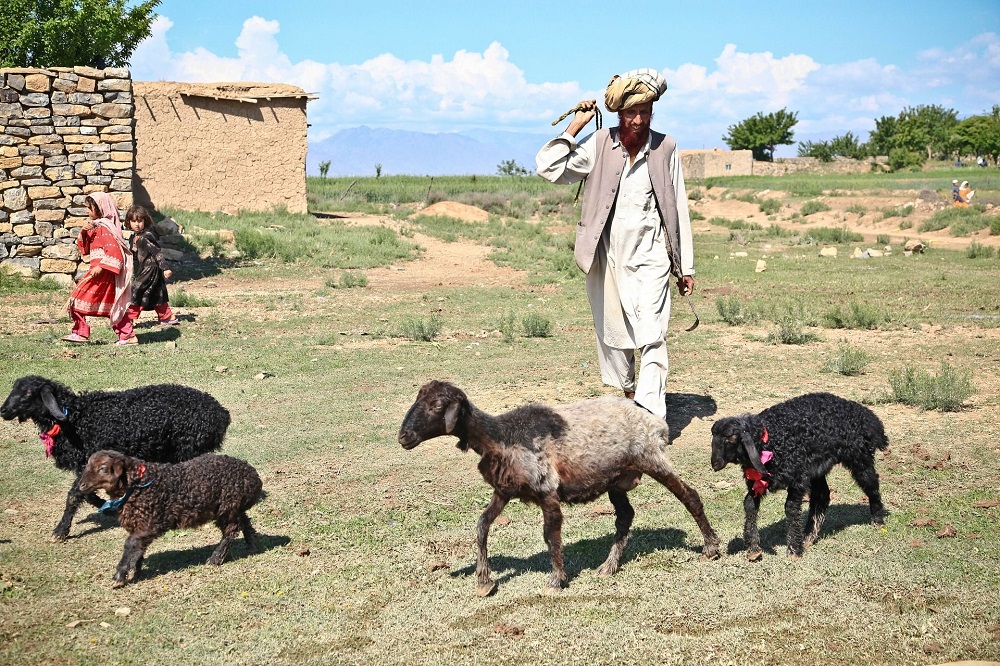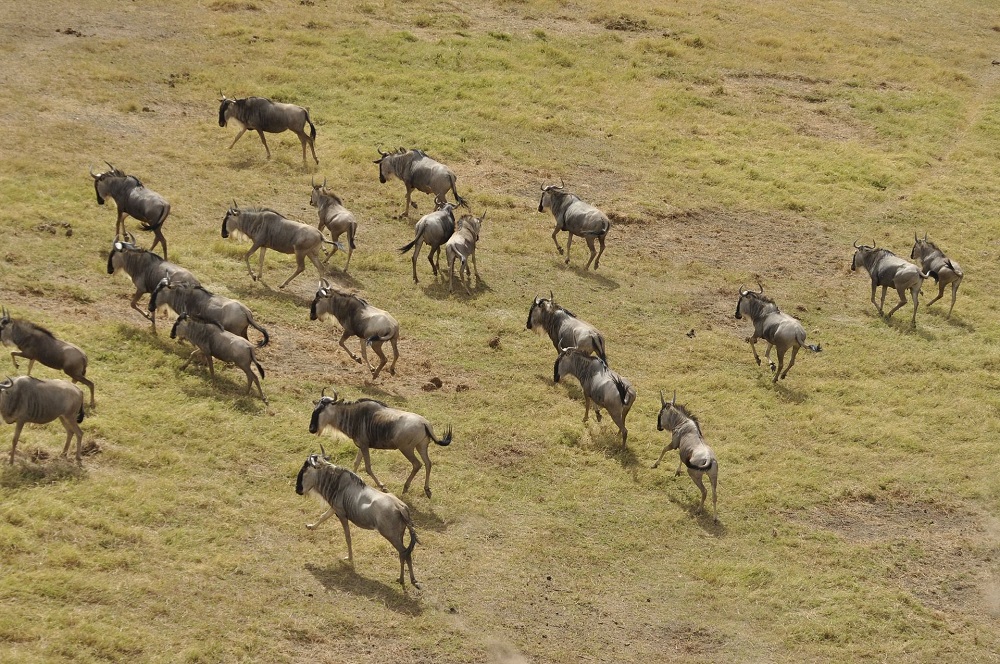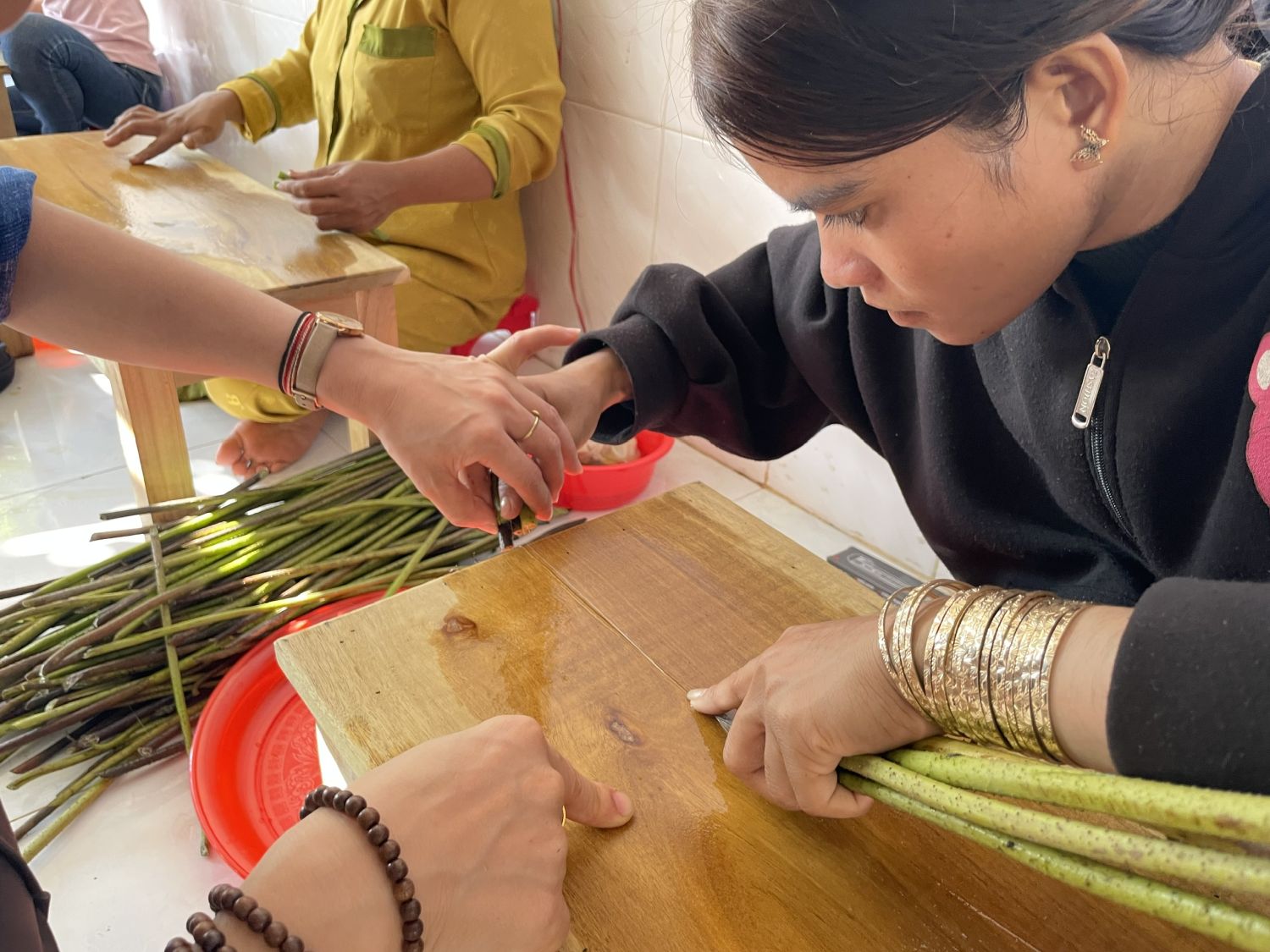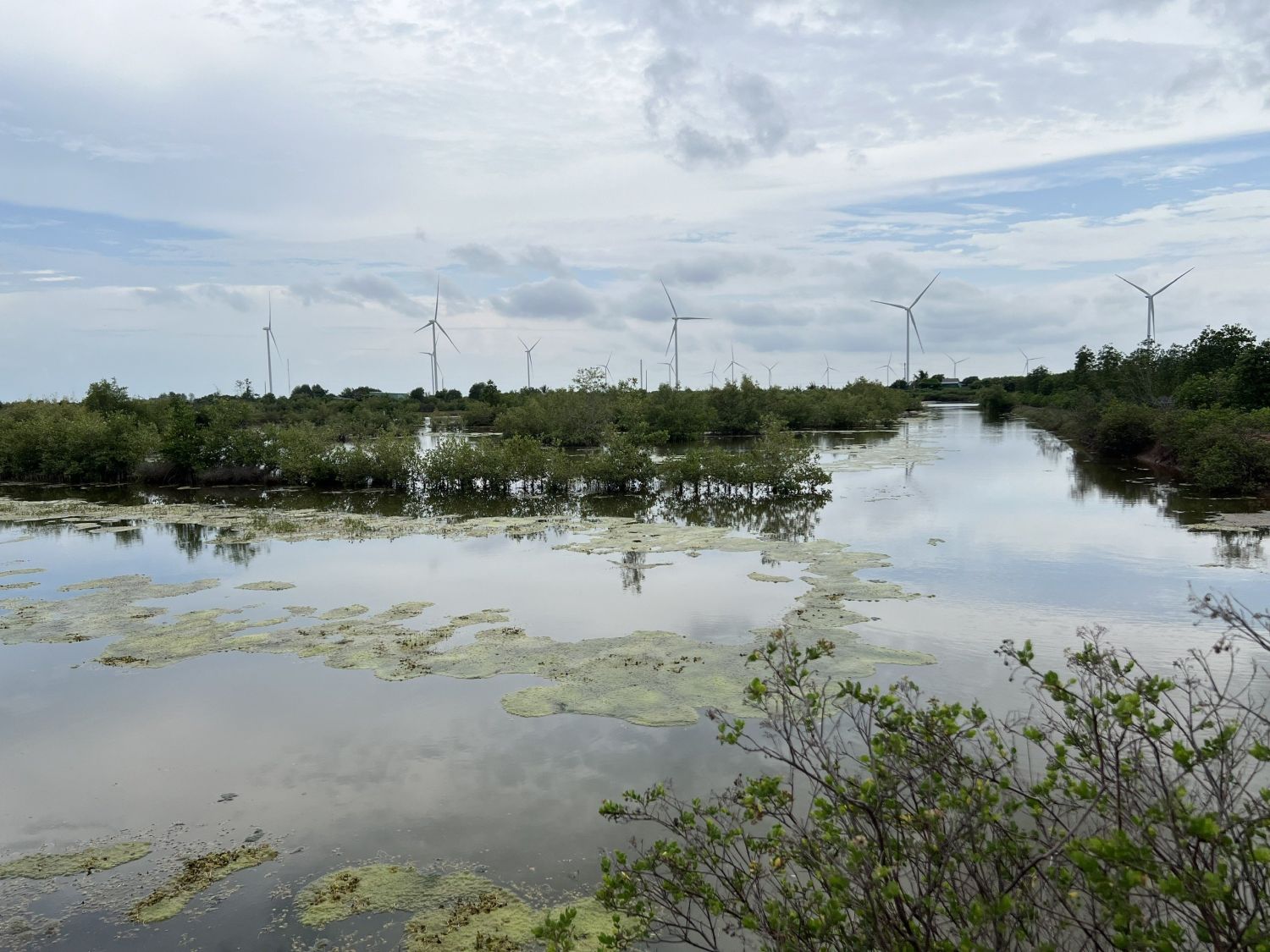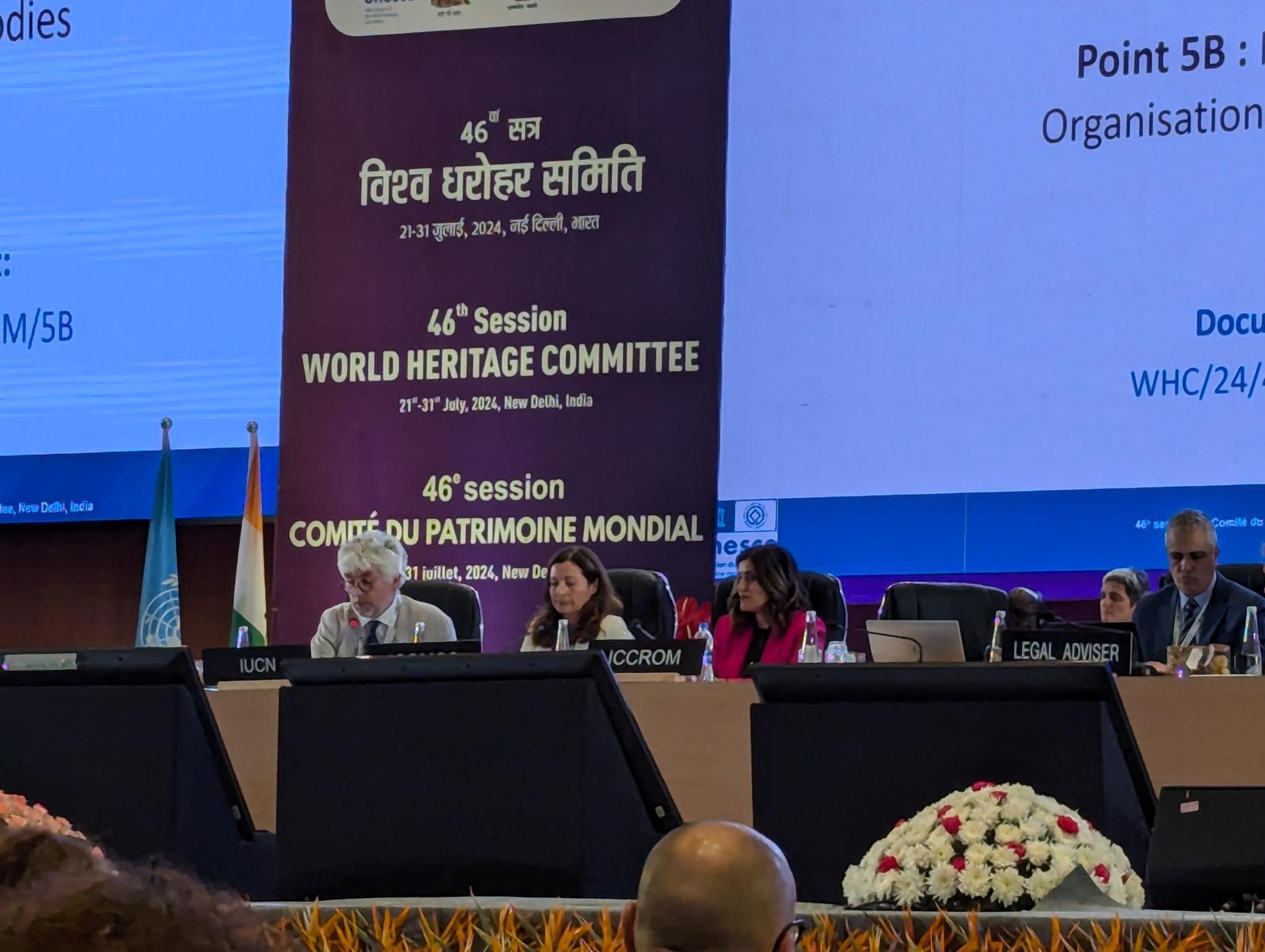Nature is the backbone for maintaining and restoring our balance within planetary boundaries. And yet, are we doing enough to fully ensure that commitments made to conserving and restoring nature are realised through real on the ground actions?
That question may now be moot. The time for discussion is nearing its end. All signs point to concrete action being needed now. No more business-as-usual, because frankly, inaction is not an option.
Several recent reports reflect our stark reality. According to the Intergovernmental Science-Policy Platform on Biodiversity and Ecosystem Services (IPBES) - Intergovernmental Panel on Climate Change (IPCC) report on Biodiversity and Climate Change: 77% of land (excluding Antarctica) and 87% of the area of the ocean have been modified by the direct effects of human activities. These changes are associated with the loss of 83% of wild mammal biomass, and half that of plants. Human induced land degradation is pushing the planet towards a sixth mass species extinction and costing more than 10% of the annual global gross product in loss of biodiversity and ecosystem services.
The cost of inaction, estimated to rise to at least USD 14 trillion by 2050, is staggering.
Our economies are highly dependent on nature and its ecosystem services. Over half the world’s total GDP - equivalent to USD 44 trillion of economic value generation - is moderately or highly dependent on nature and its services and, as a result, exposed to risks from nature loss. Biodiversity loss and ecosystem degradation are already disproportionally affecting marginalised populations. The cost of inaction, estimated to rise to at least USD 14 trillion – 7% of global GDP – by 2050, is staggering.
Thus, raising our ambition for nature is not a choice, but an essential requirement for securing our health and that of the planet.
This was further underscored in last year’s fifth Global Biodiversity Outlook (GBO-5) which accentuated the urgent need to act now to slow and end further biodiversity loss to address climate change, long-term food security, and health. As set out in GBO-5, a portfolio of actions are needed involving transformative change in the way humans manage the planet. These include scaling up conservation and restoration; action on climate change and other direct drivers of biodiversity loss; changes in production and consumption patterns across all sectors, particularly food and agriculture.
The framework provides a strategic vision and a global roadmap for the conservation, protection, restoration, and sustainable management of biodiversity and ecosystems.
Agreeing a post-2020 global biodiversity framework can play a significant role in building the necessary resilience as identified by the IPBES and GBO-5 reports. Due for adoption at the 15th meeting of the CBD’s Conference of the Parties (COP15) in Kunming, China, the post-2020 framework provides a strategic vision and a global roadmap for the conservation, protection, restoration, and sustainable management of biodiversity and ecosystems.


